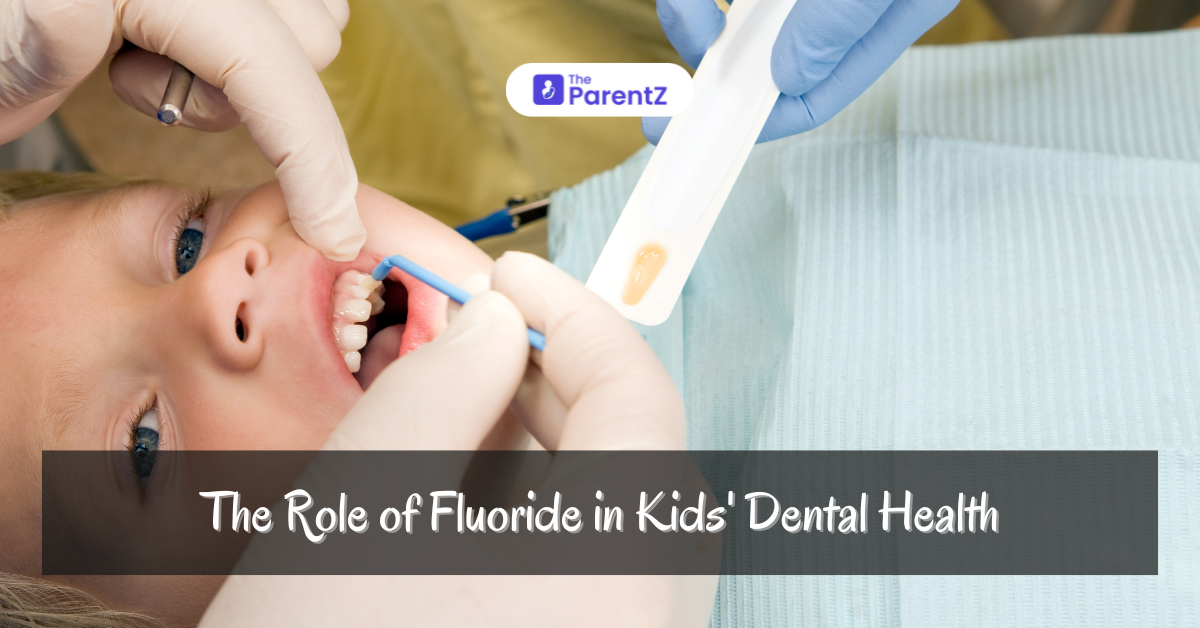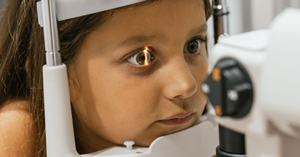What is fluoride?
Fluoride has been considered as an important element in the fight against dental caries, especially among children. As dental caries is one of the most prevalent chronic diseases in children, the importance of fluoride in maintaining oral health cannot be overstated.
Fluoride as an aid for the treatment of dental caries
Dental caries, commonly known as tooth decay, is a multifactorial disease that involves the demineralization of tooth enamel by acids produced by bacterial metabolism of dietary sugars. Children are particularly susceptible to dental caries due to their developing teeth and often poor oral hygiene practices. Left untreated, caries can lead to pain, infection, and even tooth loss.
Mechanisms of Fluoride Action
Fluoride combats dental caries through three primary mechanisms:
1. Remineralization: Fluoride promotes the remineralization of tooth enamel. When teeth are exposed to fluoride, it gets incorporated into the demineralized enamel, forming a more acid-resistant mineral called fluorapatite. This process not only repairs early decay but also strengthens the enamel against future acid attacks.
2. Inhibition of Demineralization: Fluoride reduces the rate at which enamel demineralizes when exposed to acids. By forming a protective layer on the enamel surface, fluoride makes it more resistant to acid dissolution.
3. Antibacterial Action: Fluoride can inhibit the growth and metabolism of cariogenic bacteria such as Streptococcus mutans. It disrupts bacterial enzyme activity and reduces acid production, thereby lowering the risk of enamel demineralization.
Sources of Fluoride
Fluoride can be obtained from various sources, ensuring adequate exposure for dental health benefits:
1. Fluoridated Water: Community water fluoridation is a widespread public health measure that has significantly reduced the prevalence of dental caries. The optimal fluoride concentration in drinking water, recommended by health authorities like the World Health Organization (WHO) and the Centers for Disease Control and Prevention (CDC), is around 0.7 parts per million (ppm).
2. Fluoridated Toothpaste: Fluoride toothpaste is a key source of topical fluoride. It is recommended that children use a pea-sized amount of fluoride toothpaste to prevent dental caries while minimizing the risk of fluorosis.
3. Fluoride Supplements: In areas where water fluoridation is not available, fluoride supplements (tablets, drops) may be prescribed by healthcare providers to ensure adequate fluoride intake.
4. Fluoride Varnishes and Gels: These are professional topical treatments applied by dental professionals, providing a high concentration of fluoride directly to the teeth, offering prolonged protection against decay.
5. Dietary Sources: Fluoride is naturally present in varying amounts in certain foods and beverages, including tea, seafood, and some fruits and vegetables.
Guidelines for Fluoride Use in Children
It is important to use fluoride as recommended guidelines to avoid the risk of dental fluorosis, a condition caused by excessive fluoride intake during the formative years of tooth development.
1. Age-Specific Recommendations:
– Infants (0-6 months): No fluoride supplementation is generally required for exclusively breastfed infants. Formula-fed infants may receive fluoride from fluoridated water used to prepare the formula.
– Children (6 months to 3 years): A smear or rice-sized amount of fluoride toothpaste is recommended. Professional fluoride treatments should be considered for high-risk children.
– Children (3-6 years): A pea-sized amount of fluoride toothpaste should be used. Parents should supervise brushing to ensure proper use.
– Children (6 years and older): Regular use of fluoride toothpaste, along with fluoride mouth rinses if recommended by a dentist, can be beneficial. Fluoride varnish applications may be recommended for children at higher risk of caries.
2. Fluoride Supplementation:
– Non-fluoridated Areas: Children living in areas without fluoridated water may benefit from fluoride supplements. The dosage should be based on the child’s age and the existing fluoride levels in their primary drinking water source.
3. Avoiding Excessive Fluoride:
– Fluorosis Prevention: Parents should monitor their children’s fluoride intake to avoid dental fluorosis. This includes supervising tooth brushing, discouraging swallowing toothpaste, and considering the fluoride content in both water and dietary sources.
The Role of Dental Professionals
Dental professionals play a vital role in ensuring the appropriate use of fluoride for children. Regular dental visits allow for:
– Risk Assessment: Dentists can assess a child’s risk for dental caries and provide tailored fluoride recommendations.
– Education: Parents and caregivers receive guidance on proper oral hygiene practices and fluoride use.
– Professional Treatments: Dentists can apply fluoride varnishes or gels and provide prescription fluoride supplements when necessary.
Conclusion
Fluoride is an essential tool in the prevention of dental caries in children. Through its ability to promote remineralization, inhibit demineralization, and exert antibacterial effects, fluoride significantly contributes to maintaining and improving dental health. Ensuring appropriate fluoride exposure through water fluoridation, fluoride toothpaste, supplements, and professional treatments can safeguard children’s teeth against decay. However, adherence to recommended guidelines is crucial to maximizing benefits while minimizing risks such as dental fluorosis. Parents, caregivers, and dental professionals must collaborate to provide children with the best possible dental care, ensuring their oral health is preserved into adulthood.








Be the first one to comment on this story.